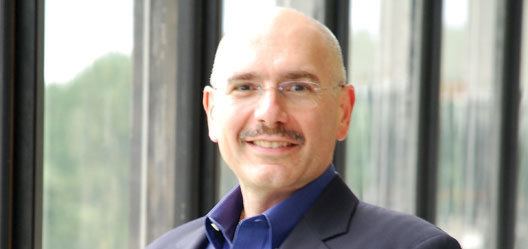Citizenship U.S.A. | Discipline Computer Engineering Education Doctor of Philosophy | |
 | ||
Institutions | ||
Bijan Davari is an IBM Fellow and Vice President at IBM Thomas J Watson Research Center, Yorktown Hts, NY. His pioneering work in miniaturization of semiconductor devices changed the world of computing. His research led to the first generation of voltage-scaled deep-submicron CMOS with sufficient performance to totally replace bipolar technology in IBM mainframes and enable new high-performance UNIX servers. He is credited with leading IBM into the use of copper and silicon on insulator before its rivals. He is a member of the U.S. National Academy of Engineers and is known for his seminal contributions to the field of CMOS technology. He is an IEEE Fellow, recipient of the J J Ebers Award in 2005 and IEEE Andrew S. Grove Award in 2010. At the present time, he leads the Next Generation Systems Area of research.
Contents
- Ict day 2013 merre haladnak az infokommunik ci s fejleszt sek bijan davari ibm
- Education
- Technical Achievements
- Selected Awards and Honors
- References
Ict day 2013 merre haladnak az infokommunik ci s fejleszt sek bijan davari ibm
Education
Bijan Davari was born in Tehran in 1954. He received his bachelor's degree in electrical engineering from Sharif University of Technology, Tehran, Iran, and his master's degree from Rensselaer Polytechnic Institute (RPI). He received his doctorate from RPI as well with a thesis on the interface behavior of semiconductor devices, and joined IBM Thomas J Watson Research Center in 1984.
Technical Achievements
At IBM, Bijan worked on ways to improve Complementary Metal-Oxide-Semiconductor (CMOS) technology, which provides the basis for much of today’s semiconductor processing. In 1985, Davari began the task of defining IBM’s next generation of CMOS integrated circuits, which came to be called CMOS-5X. He led the research efforts that produced the first generation of high-performance, low voltage deep submicron CMOS technology. CMOS-5X served as the basis for the PowerPC® 601+ and several other microprocessors, including those used in IBM System/390 servers.
Bijan defined the roadmap for technology and voltage scaling for IBM which influenced the CMOS roadmap for the industry down to 70 nm regime. This technology led to several generations of high-performance, low-voltage and low-power CMOS technologies that enabled servers, portable computers and battery powered handheld devices.
Bijan and his team at IBM also demonstrated the first Shallow trench isolation (STI) process. STI helps prevent electrical current leakage between semiconductor devices on an integrated circuit. STI process was first used in IBM’s 0.5-micrometer technology node for high-performance CMOS logic and in 16-Megabit dynamic RAM. It was eventually used widely throughout the industry.
Bijan was one of the leaders in the Cell Broadband Engine work at IBM, which was used to build the first Cell-based supercomputer, IBM Roadrunner. In 2008, the Roadrunner supercomputer was the first to break the petaflop barrier, reaching a processing speed of 1.026 petaflops.
